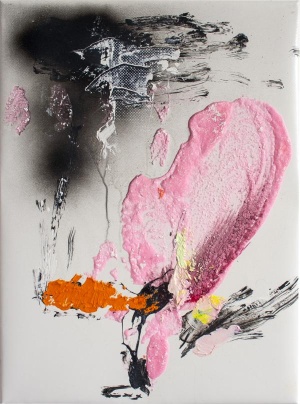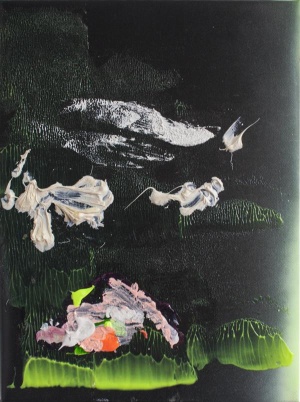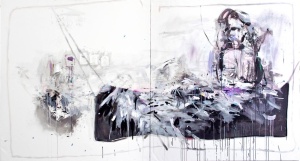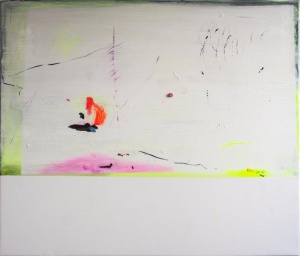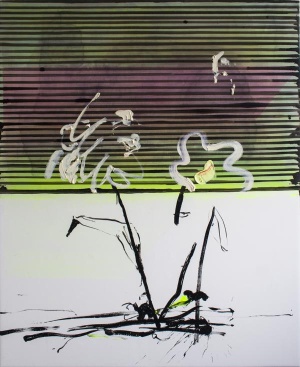Ville Kylätasku takes part in the exhibition KUUSI.
He lives and works in Berlin
born in 1979 in Tampere, Finland
Education
2008-2012 Free Art School, BFA
2003-2007 Lahti, University of Applied Sciences, Bachelor in Arts and Design
2006 IADE Creative University, Lisbon, Portugal
Grants
2015 Arts Promotion Centre Finland 2014 Finnish Art Association 2014 Paulo Foundation 2013 Finnish Cultural Foundaton 2012 Kone Foundation 2006 iittala Foundation
Collections
Modern Museum of Kuntsi, Swanljung collection, Finland
EMO Foundation, Finland Miettinen Collection, Berlin / Helsinki Art Association of Finland
Peters-Messer Collection, Düsseldorf Hermann Collection, Berlin Matt Roberts Arts Collection, London Fränti
Collection, Helsinki
Private collections around the world
